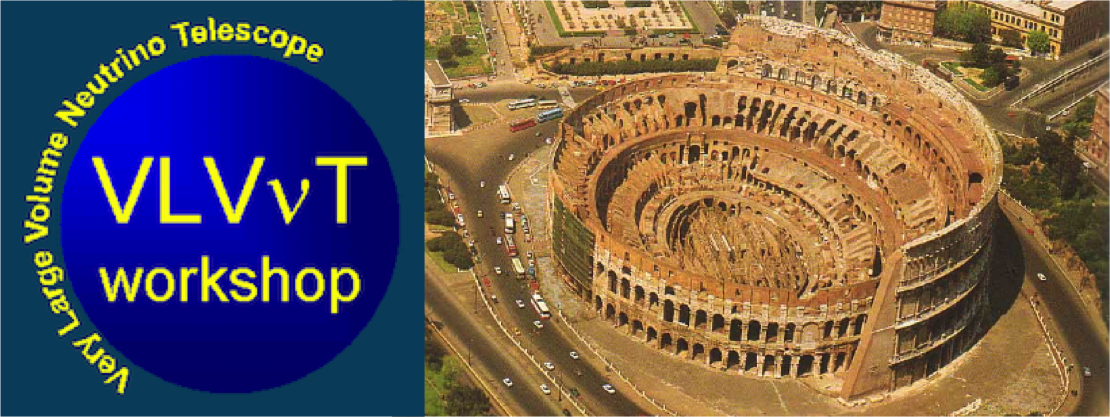Speaker
Aurore Mathieu
Description
The ANTARES telescope is well suited to detect neutrinos produced in astrophysical transient sources as it can observe a full hemisphere of the sky with a duty cycle close to unity. Potential neutrino sources are gamma-ray bursts, core-collapse supernovae and flaring active galactic nuclei. To enhance the sensitivity of ANTARES to such sources, a detection method based on follow-up observations from the neutrino direction has been developed. This program, denoted as TAToO, includes a network of robotic optical telescopes (TAROT, Zadko and MASTER) and the Swift-XRT telescope, which are triggered when an “interesting” neutrino is detected by ANTARES.
A follow-up of special events, such as neutrino doublets in time/space coincidence or single neutrino having a very high energy or in the specific directions of local galaxies, significantly improves the perspective for the detection of transient sources. As images can be taken within 20 seconds after the neutrino trigger and as observations are also made up to two months after the alert, the search for fast transient sources such as gamma-ray burst afterglows or slowly rising sources such as core-collapse supernovae becomes possible.
The analysis of early and long follow-up observations has been performed and the results covering optical and X-ray data will be presented.
Author
Co-authors
Alain Klotz
(IRAP)
Auguste La Van Suu
(OHP)
Bertrand Vallage
(CEA/IRFU,Centre d'etude de Saclay Gif-sur-Yvette (FR))
Damien DORNIC
(CPPM)
Damien Turpin
(IRAP)
Fabian Schüssler
(CEA)
Juergen Brunner
(CPPM)
Michel Ageron
(CPPM)
Stéphane Basa
(LAM)
Vincent Bertin
(Centre National de la Recherche Scientifique (FR))
